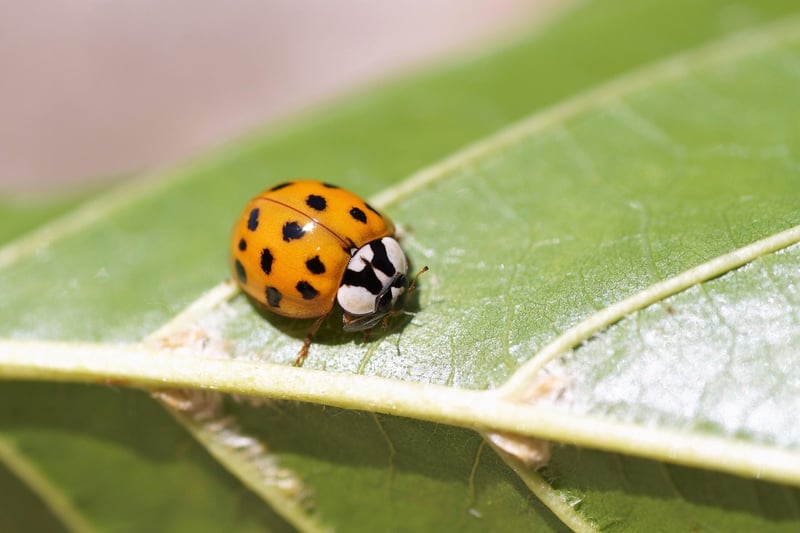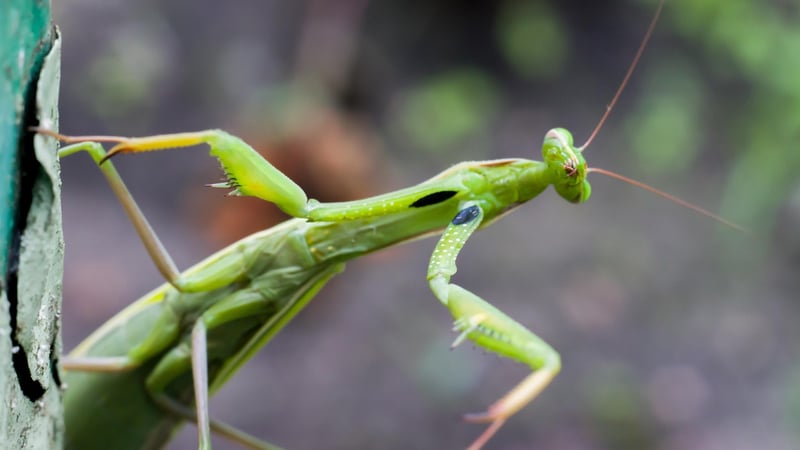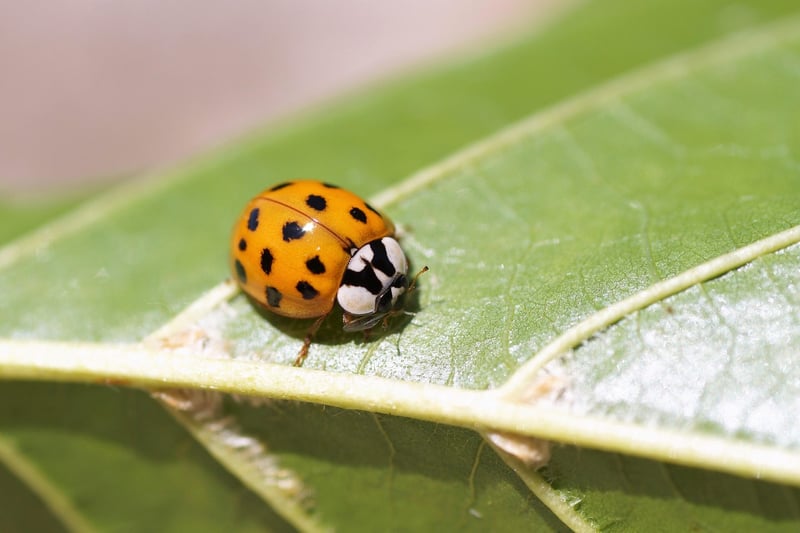Beneficial Insects
#Pest control
#Natural remedies
#Urban garden pests
Safeguarding Plants from Pests with Beneficial Insects
Keeping your plants safe from pests is essential for a thriving garden. While pesticides can be effective, they can also harm beneficial insects that help maintain a balanced ecosystem. One natural and eco-friendly way to protect your plants is by using beneficial insects. These insects act as natural predators, feeding on harmful pests and helping to control their populations.
Benefits of Beneficial Insects:
- Biological Pest Control: Beneficial insects prey on pests, reducing the need for chemical pesticides.
- Cost-Effective: Once established, beneficial insects can help control pest populations without ongoing costs.
- Environmentally Friendly: Using beneficial insects promotes a healthy ecosystem and reduces chemical pollution.
- Increased Plant Health: By controlling pest populations, beneficial insects help plants thrive and grow strong.
Common Beneficial Insects:
Here are some beneficial insects you can attract to your garden:
- Ladybugs: Feed on aphids, mealybugs, and spider mites.
- Praying Mantis: Eats a variety of insects including caterpillars and beetles.
- Lacewings: Consume aphids, thrips, and other soft-bodied insects.
- Parasitic Wasps: Lay eggs on or inside pest insects, controlling their populations.
Tips for Attracting Beneficial Insects:
- Plant Diversity: Include a variety of plants that attract beneficial insects with nectar and pollen.
- Shelter: Provide shelter such as rocks, logs, or insect hotels for beneficial insects to hide and lay eggs.
- Avoid Chemicals: Minimize the use of pesticides to protect beneficial insects from harm.
- Water Source: Ensure there is a water source like a birdbath for beneficial insects to drink from.
By incorporating beneficial insects into your gardening practices, you can create a natural and sustainable way to protect your plants from pests. Not only does this method help maintain a healthy garden, but it also contributes to a thriving ecosystem where plants and insects can coexist harmoniously.


